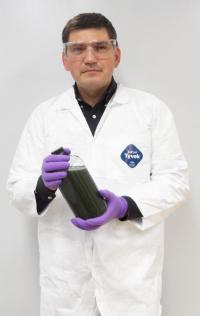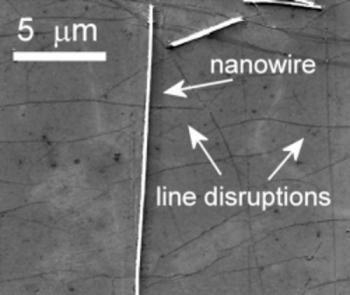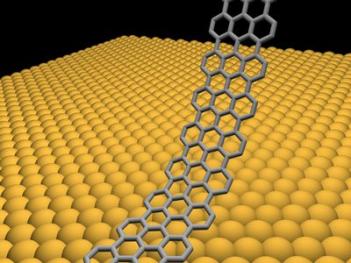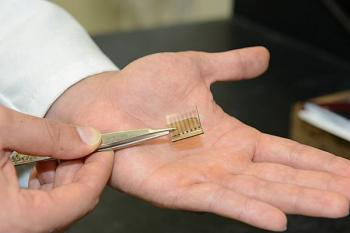Coating technology used to make new graphene-tin oxide based Li-Ion battery anode material
Researchers from the Hebrew University of Jerusalem, Israel, developed a new coating technology a few years ago as part of their sol-gel chemistry in hydrogen-peroxide-rich solutions research. This technology uses nanometric metal oxide dots. Now this technology is used to synthesize graphene-tin oxide composites based Li-Ion battery anodes. This new application was developed in collaboration with Singapore's National Research Foundation under its CREATE program.
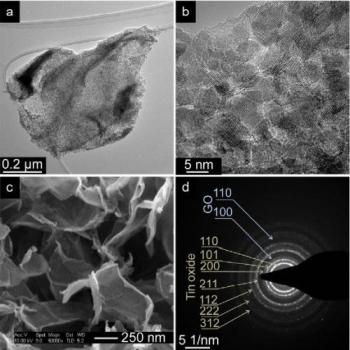
Graphene-tin oxide is attractive as an anode material due to its high charging capacity, thigh conductivity and the fact that the graphene oxide and tin oxide nanocrystals are in close contact. But synthesizing those composites is difficult because the only way to coat an ultra-thin layer of tin oxide nanocrystals on a sheet of graphene oxide is slow, expensive and needs a high temperature. But the new coating technology is done at room temperature and is simple and thus less expensive.
